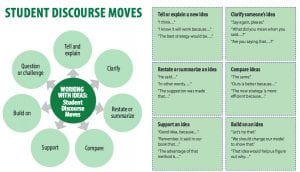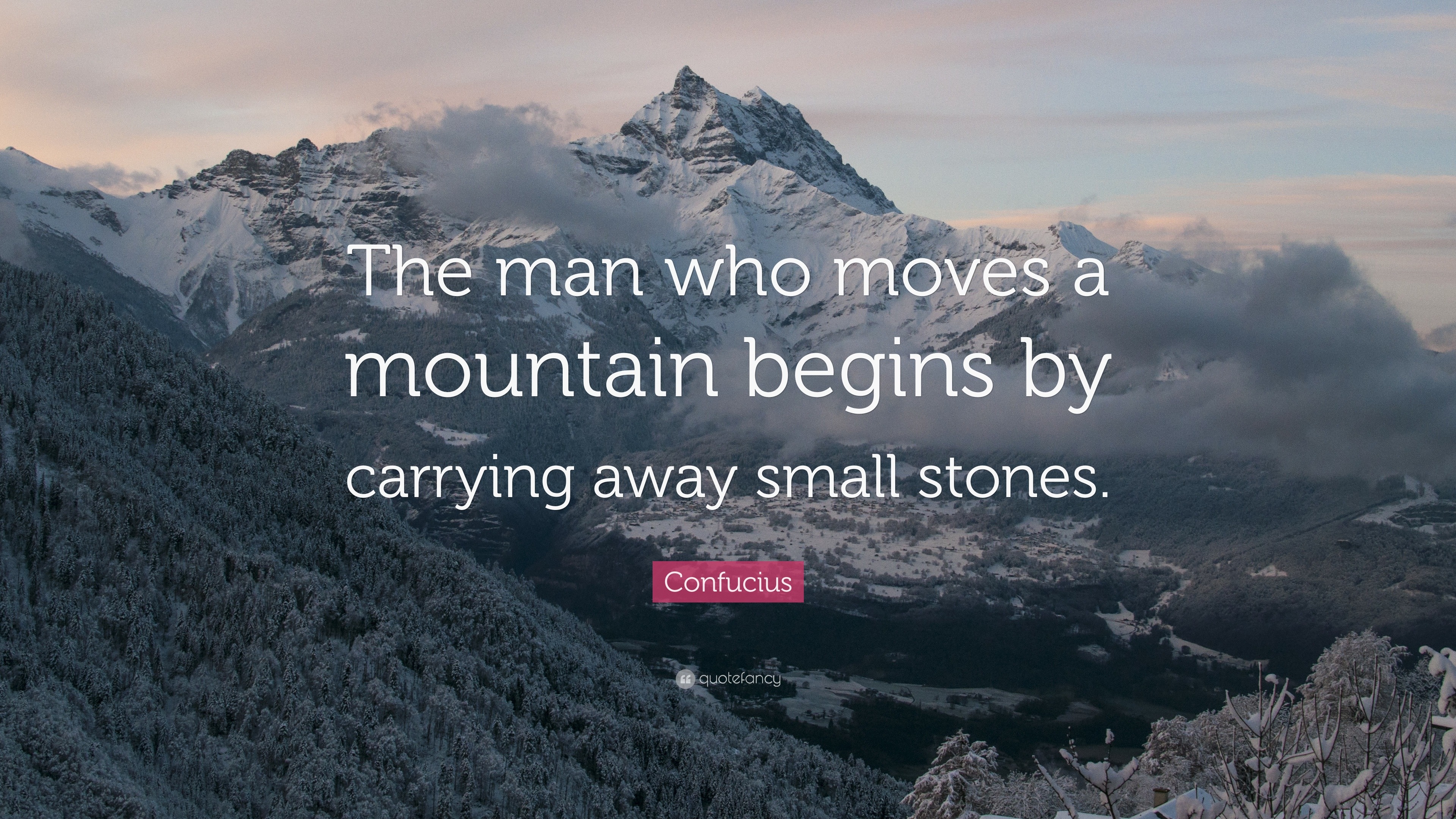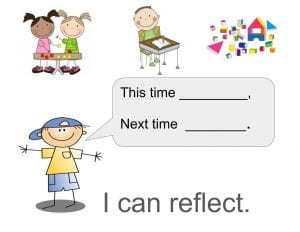I recently attended the Learning Forward Conference. This conference had a plethora of high quality sessions to choose from. Improving Classroom Discussion was one that sparked my interest since I felt it would be a good extension of the learning we did with Socratic Seminar last year, and to use to further our students discussions and learning across the curriculum. Jackie Walsh, the author of Quality Questioning: Research Based Practice to Engage Every Learner, and a number of other books on this subject led the session. Walsh shared her expertise in this area by leading us on a journey in the use of quality questioning for our classrooms.
According to Walsh, in order to move our students learning in today’s classrooms, “it is necessary to move our thinking from viewing questions as prompts for the right answers to understanding questions as opportunities for surfacing and testing one’s own thinking and creating new perspectives with others.”
To accomplish this shift in the classroom, the teacher will move from controlling to supporting roles. Below is a chart by Walsh that explains how you can change your practice and help you on your journey in making the shift.
Shifts in teachers roles will look like this:
| From | To (You become the . . .) |
| Questioner | Listener and monitor of the discussion process |
| Monopolizer of air time | Listener and facilitator of equitable participation among all students |
| Evaluator | Advocate for student self-assessment and peer assessment of knowledge and reasoning |
| Hub or pivot for all classroom talk | Encourager of student to student interactions |
As these shifts are made, we will need to ensure that students now understand their new role in classroom discussions. Walsh conveys that a shift must take place and to that extent has created the chart for student roles below.
Shifts in students roles will then look like:
| From | To (Students become the . . .) |
| Compliant and passive observer | Committed and proactive contributor |
| Respondent to teacher questions | Generator of questions |
| Dependent learner | Self directed learner |
| Isolated and competitive learner | Collaborative learner |
| Receptacle for teacher knowledge | Constructor of own understandings |
The switch doesn’t happen overnight, it takes work on your part to model and coach the students through this shift in practice. Here are some tips from Walsh for modeling and coaching to put in your toolbox.
- Encourage all students to participate in thinking and speaking during a discussion.
- Reinforce guidelines for equitable participation prior to all discussions.
- Eliminate hand raising.
- Ask for a previously non-participating student to build on a classmate’s comment.
- Use think alouds to model expectations.
- Demonstrate use of think times and comment on your silence by saying, “I paused after you stopped speaking because I wanted to offer you the opportunity to add to what you said. I also wanted to reflect on your statement and decide whether I agree and if I could add to it.”
- Be explicit: “I wanted to build on your thinking by . . .,”; “I have a different perspective that I’d like you to think about: _______.”; “I would like to understand how you reached this conclusion, so I’ll pose a question to examine your thinking.”
- Refrain from evaluative feedback.
- Withhold praise, even when a student makes an “out-of-ballpark” comment. Praise to one student can shut down the thinking of others. Offer positive feedback to student after discussion ends.
- Pose questions to scaffold student thinking instead of offering corrective feedback.
- Invite students to consult the text or another source when a comment is based on erroneous information.
- Exhibit dispositions that support open and productive discussions.
- Assume a stance of curiosity and interest.
- Use nonverbal cues (e.g., eye contact, nodding) to demonstrate active listening.
- Convey open mindedness by making such statements as, “I’d never thought of the issue from your point of view. Please share with us what makes you say that.”
- Consult text to verify a statement of find evidence, and share it with students.
- Demonstrate flexibility in your thinking: “I am going to try out a new way of thinking about this, so please be patient with me as I think aloud and work through this new way of thinking.”
If you are interested in learning more or would like to institute this practice into your classroom, please fill out a coaching request, and we would love to work with you on this journey of improving classroom discussion.
Works Cited
Walsh, Jackie A., and Beth D. Sattes. Quality Questioning: Research-Based Practice to Engage Every Learner. Corwin, 2017.
Walsh, Jackie A., Improving Classroom Discussion. ASCD 2017








 Just this past weekend, I had a long list of what I needed to accomplish. Each day the tasks I completed were based on multiple factors related to what was happening around me, my energy level, and interest. Is it possible for students to have choice in this manner as well? Absolutely. Time management is such an important life skill that can be practiced at a young age. Author Nancy Sulla discusses this in detail in her book Students Taking Charge: Inside the Learner Active Technology Infused Classroom. She gives suggestions for elementary students through high school students and breaks down how to get started. Just this past month, she released a second edition of her book with a
Just this past weekend, I had a long list of what I needed to accomplish. Each day the tasks I completed were based on multiple factors related to what was happening around me, my energy level, and interest. Is it possible for students to have choice in this manner as well? Absolutely. Time management is such an important life skill that can be practiced at a young age. Author Nancy Sulla discusses this in detail in her book Students Taking Charge: Inside the Learner Active Technology Infused Classroom. She gives suggestions for elementary students through high school students and breaks down how to get started. Just this past month, she released a second edition of her book with a 



